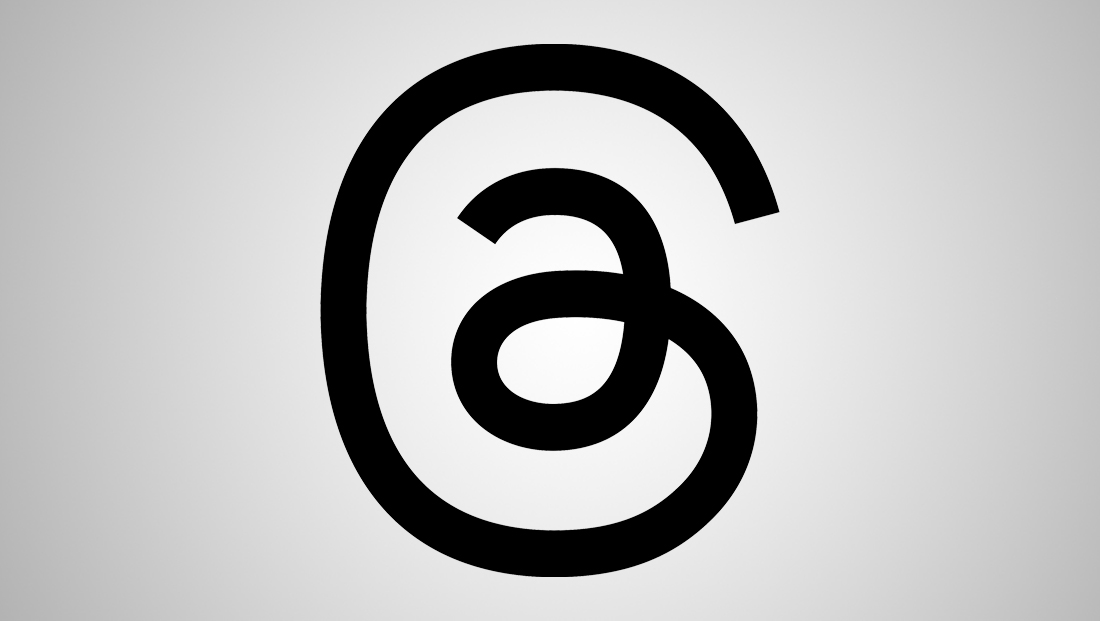Tag: twitter
-
Twitter Circles Security Incident
A couple of months ago I wrote a post promoting the use of Twitter’s Circles. It was one of my coping mechanisms for using current Twitter in its semi-broken state. Then people started reporting that their private circle posts had were appearing in public timelines. They were right. Twitter sent out an email last week…
-
New Content Incoming, Site Privacy Downgrade
A small programming note as they might say on TV or whatever. I’ve been doing a terrible job sticking to my New Years Resolution to write a blog post every week. Not the biggest deal, resolutions are aspirational. Anyways, I’ve come up with a new type of content I want to try writing in the…
